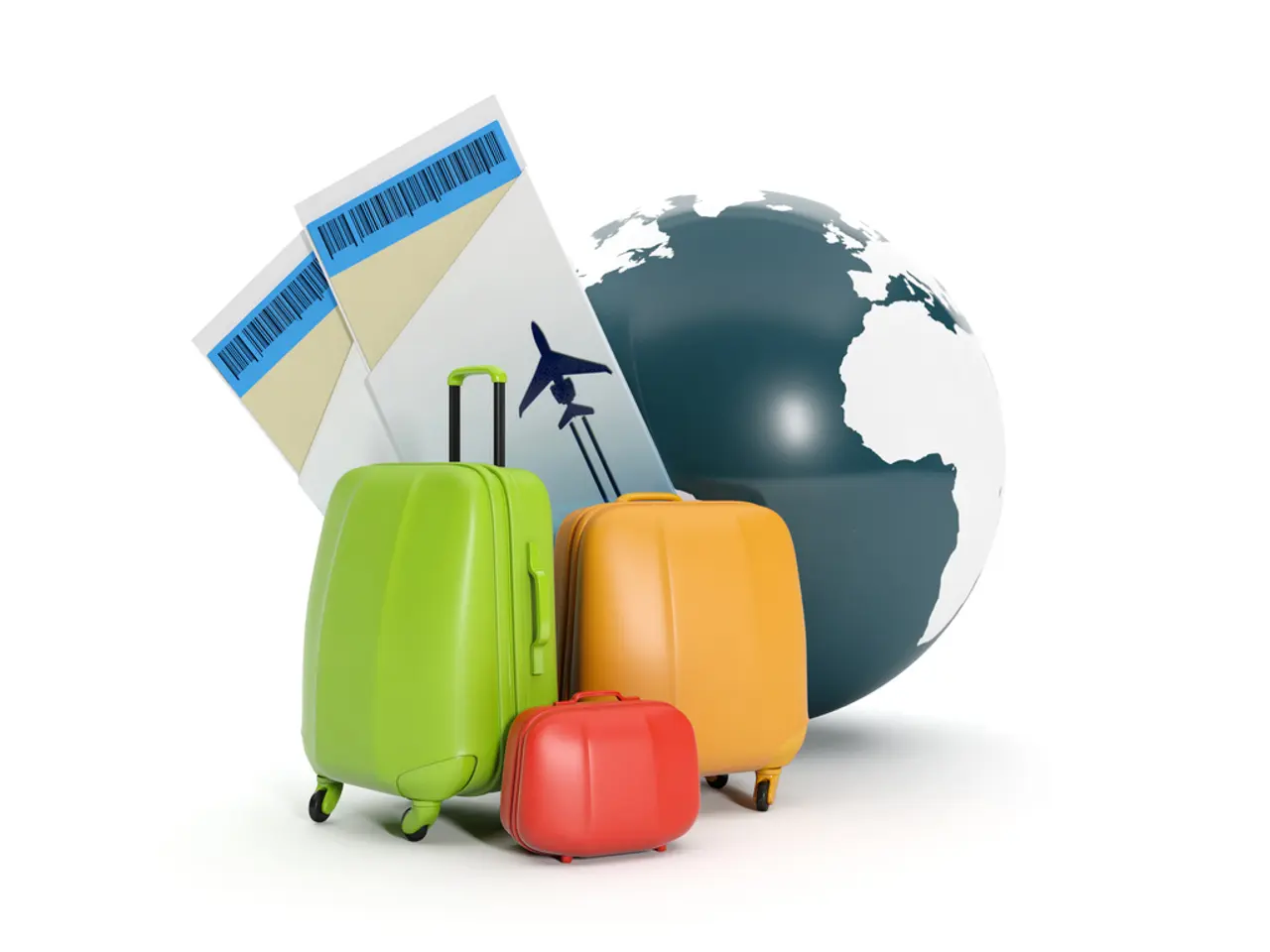Long-Distance Airline Travel: A Detailed Analysis of Conventional and Economy Carriers
In the realm of international travel, the choice between traditional carriers and low-cost airlines can significantly impact a journey. This article breaks down the differences in pricing, services, and features, offering a side-by-side comparison for a clearer understanding.
**Pricing and Fees**
Traditional carriers typically offer more inclusive fares, incorporating meals and checked bags, with transatlantic flights starting from around $500-$700 for economy class. Seat selection can range from $11 to over $100, while checked bag fees vary, typically from $39 to $95.
Low-cost airlines, on the other hand, offer cheaper base fares, often starting from $200-$300 for transatlantic flights. However, additional services like checked bags, meals, and seat selection are charged separately. Baggage fees can range from $20 to $50, and seat selection fees can be similar to traditional carriers but depend on the airline's policies.
**Baggage Policies**
When it comes to baggage, traditional carriers generally offer free carry-on luggage with weight limits, while checked bags are often included in the fare, with fees for extra or oversized bags. Low-cost airlines follow a similar pattern, offering free carry-on luggage with size and weight limits, but charging for checked bags.
**Seat Selection**
Seat selection is often free at check-in for higher-tier tickets or loyalty members on traditional carriers, but can cost $11-$100 for others. Low-cost airlines usually charge for seat selection, with fees varying by airline and route.
**In-flight Entertainment**
Traditional carriers provide comprehensive in-flight entertainment systems, offering a wide selection of movies, TV shows, and music. Low-cost airlines may offer limited or no in-flight entertainment, instead encouraging passengers to use their personal devices with downloaded content.
**Customer Service**
Traditional carriers generally offer more comprehensive customer service, with better amenities and more personalized support. Low-cost airlines provide a more minimalist service, with fewer amenities included in the base fare, but still generally efficient and modern.
In summary, while traditional carriers offer more inclusive fares and better customer service, they often come with higher base prices. Low-cost airlines offer cheaper fares but charge extra for almost every additional service, which can add up quickly. Passengers should weigh the costs, services, and their personal preferences when choosing between traditional carriers and low-cost airlines for their international travels.
Technology plays a crucial role in this comparison, as both traditional carriers and low-cost airlines leverage it to enhance the travel experience. For instance, many airlines now offer mobile check-ins and digital boarding passes, making the journey more efficient.
Moreover, the choice between airlines can significantly impact one's lifestyle and finance; for those who prefer to travel light with minimal additional fees, low-cost airlines could be a more budget-friendly option. On the other hand, if comfort, convenience, and comprehensive services are prioritized, traditional carriers might be a better fit, despite their higher prices.




